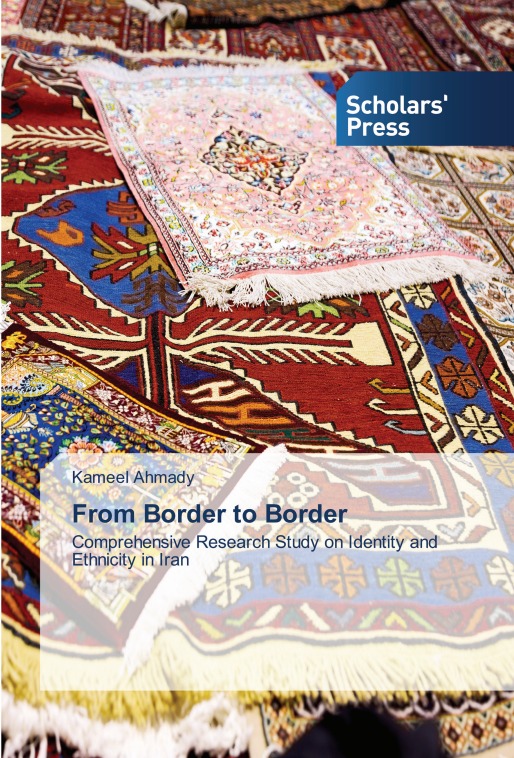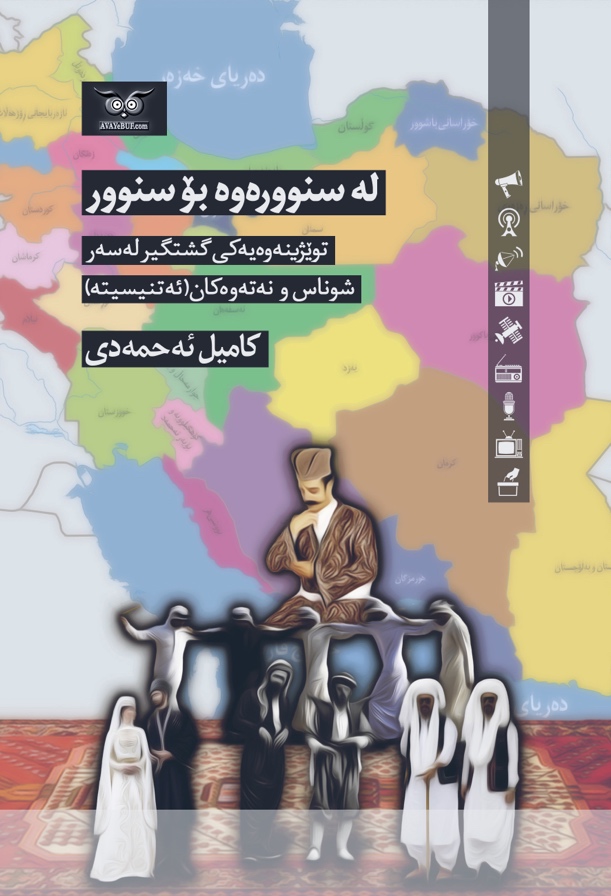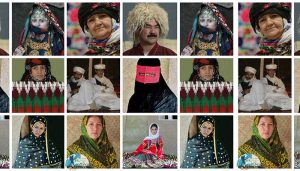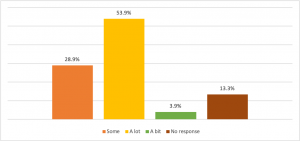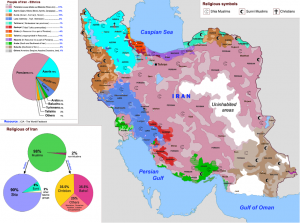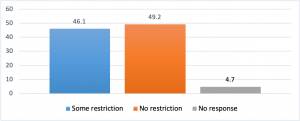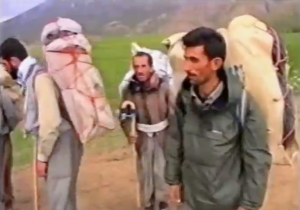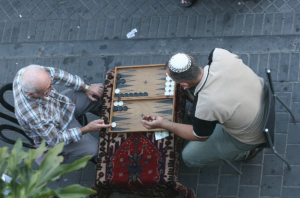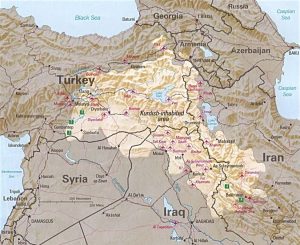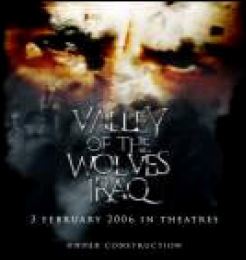Many scholars expected ethnic tendencies to weaken after the years of World War II, with the pursuit of large-scale and unified structural plans at the UN and the age of globalization with urbanization and education. It had become easier to travel to different environments, the media were reducing the temporal and spatial realm, and with more education young people were not expected to be so engaged in the issue.
Autonomy in the former Soviet republics and British colonies and the continuation of ethnic identity in the heart of Europe, in developed countries like United Kingdom (Scotland, Northern Ireland, Wales), Spain (Catalonia, Basque), Italy (North and South Italy and Veneto in Venice), Poland (Upper Silesia), Switzerland (Jura), Belgium (North Flanders), France (Britain), Cyprus (the Turkish part of Northern Cyprus) and dozens of other locations have kept ethnicity alive in the new world despite expectations to the contrary. Ethnic identification continues not to be confined to the Third World and underdeveloped countries.
During the last century, there have also been various ebbs and flow of ethnicity among Iranian groups and communities. Some ethnicities in Iran have identified themselves as independent nations; during the early years of Mohammad Reza Shah’s rule a democratic faction was able to declare autonomy for a year and take over the administration of the regions of Azerbaijan.
At the same time, the Kurdistan Democratic Party of Iran (KDPI) was able to take control of a number of Kurdish cities in Kurdistan too. After the revolution, most Kurdish areas were also involved in wars over ethnic identity. Balochi dominated areas also experienced events during the kingdom of Reza Shah and Mohammad Reza Shahs that were quashed by the central government’s countermeasures. There have been ethnic identity trends among Arab speaker people for the last century, and their latest work in this area may be attributed to the efforts of the Al-Ahwazieh / Al-Ahwazi group.
The fundamental cause of these discontents is the perception of political, economic, cultural, linguistic and religious disadvantage and inequalities by these ethnic groups, in comparison with other ethnic groups, especially Persian speakers.
In the political context, Kurdish, Turks, the Arabs and the Balochi’s believe that they do not have a prominent place in the political structure of the country because there are no or very limited officials positioning from their ethnic group in the ministerial posts as well as sensitive and decision making jobs such as security and foreign office and governorate, etc.
In the economic context, it is believed that many of the country’s facilities are concentrated in the central provinces, and there are facilities in some areas such as Azerbaijan where locals continue to look back favorably at efforts and manufacturing industries which arose before the revolution.
In the cultural context, these ethnic groups believe they have restrictions on their regional festivals and conferences, local celebrations and customs, national and local media that do not reflect their cultural and traditions aspect of their ethnicity and identity. Despite the 40 years of the Islamic Revolution, children from different ethnic groups continue to be educated entirely in their second language in Farsi, in schools which offer no formal teaching of their mother tongue.
Baloch and Turkmen ethnic groups and some Kurdish communities are Sunni shafi sect and have a religious affiliation different from the official religion of the country and believe that the ideological views of the authorities have led to forms of bias against them.
Resolution of these issues comprised only part of the demands of ethnic groups in the last (twentieth) century, especially in the years after the Islamic Revolution. There have always been compromises between the interests of minority ethnic groups and the interests of national security. The authorities have perceived threats to national cohesion and minority groups have been treated in a confrontational, coercive, and violent manner. The resulting divergence of positions has led to violent behaviors between the center and ethnic groups, and after a time because of the weakness of the ethnic groups, to begrudging silence.
Research Border to Border has comprised mainly a study of the elites of these groups, including only a lower percentage of the general populace of the streets and market. It first seeks to answer questions around perceptions of ethnicity in the contexts of Iranian political, economic, and social structure today. What are their views on convergence, political participation, mother tongue, and the centrally focused policies?
Asking such questions can assist government decision-makers and national cohesion to resolve issues peacefully. The research draws on numerous interviews with elites and at the grassroots level, presenting the current demands of each of the ethnic groups studied in a peaceful manner.
The book offers studies of five Turk, Kurdish, Baloch, Arab and Fars (Persian speaking) ethnic groups and awaits publication. A summary and related articles are also available on the website’s articles pages.


 Farsi (فارسی)
Farsi (فارسی) Kurdish (کوردی)
Kurdish (کوردی)

